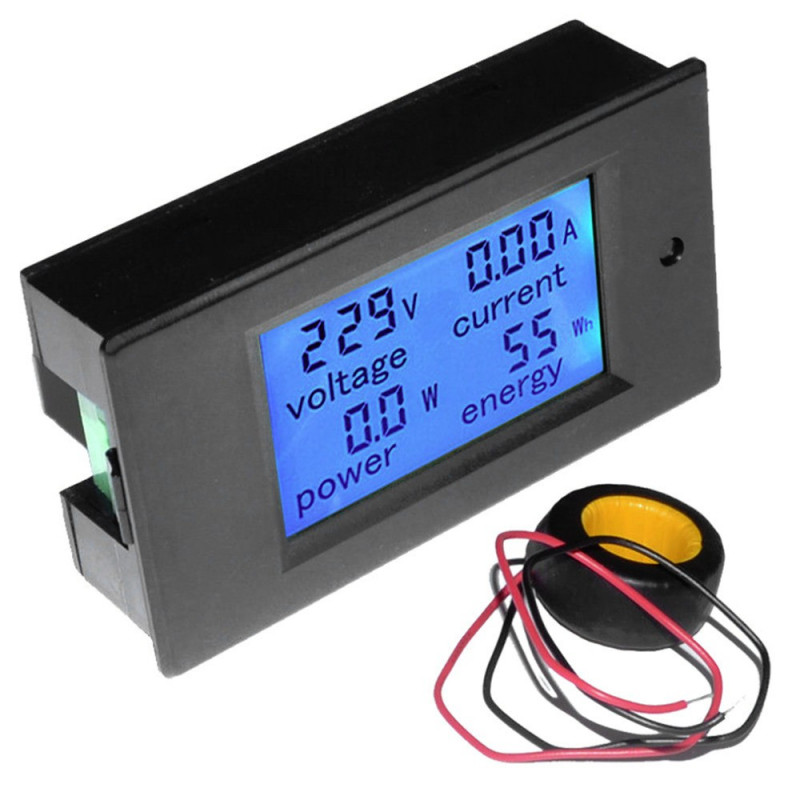

To estimate energy usage of your house or DIY electrical system, you need to convert watts to watt hours (or watts to kilowatt hours). Power is rated in watts, but energy is rated in watt hours or kilowatt hours. So a 250 watt inverter would be insufficient, but a 500 watt inverter would work. Your inverter needs to have a watt rating higher than this total. You'd find your system's max power draw by summing the wattage of these two devices. This is the total watts being used if all your devices were running at peak power simultaneously.įor instance, let's say you plan to run a 200 watt fridge and a 75 watt fan off your inverter. If you know the wattage of all your devices, you can sum them together to get your system's total power draw. Knowing the wattage of your devices helps you do three main things when it comes to DIY solar power: During a cooling cycle, a fridge is using much more energy than when it's simply insulating. Fridges, for instance, enter a cooling cycle when the internal temperature gets too high. In other words, the device may not be always using that much current. It's important to know that the current rating listed on a device is usually its max current rating. So, in this example, your 12 volt fridge uses a max of 60 watts. To estimate its max power consumption in watts, you multiply its voltage by its amperage. You look at its product specifications and see that it has a max current of 5 amps.
Watt amp to volt portable#
Knowing a device's wattage is necessary for estimating how much power it's using at a given moment, as well as how much energy it consumes overall.įor example, let's say you have this portable 12 volt fridge.

It turns out your panel is a 100 watt solar panel.
Watt amp to volt full#
To calculate the watts produced by the panel in full sun, you would multiply volts times amps. Let's assume you own the following solar panel that is rated at 18.6 volts and 5.38 amps.
Watt amp to volt how to#
Here's a simple example illustrating how to convert volts to watts. The conversion formula remains the same.Īlternate abbreviation: P = V × I Example Occasionally, you may also see watts abbreviated as P instead of W and amps abbreviated as I instead of A. To convert volts to watts, simply multiply volts times amps. 5 Volts to Watts Volts (V)Ĭonverting volts to watts is easy - you just need to know the current in amps. Learn more Ohm’s Law electrical formulas and see more conversions on our Ohm’s Law calculator.Here are some tables converting common AC and DC voltages to watts at various levels of current. P (W) = (24 V) 2 ÷ 12 Ω P (W) = 576 V ÷ 12 Ω P (W) = 48 wattsĮquivalent Volts and Watts Measurements Equivalent volts and watts at various current ratings Voltage Thus, in AC circuits, power P in watts is equal to the RMS voltage V times the current I in amps times the power factor.įor example, let’s convert 24 volts to watts for a DC circuit with 12 ohms of resistance.

To account for power factor when converting volts to watts, you can use the following formula: The ratio of real power to apparent power is called the power factor. The real power component is the power that does the work, whereas reactive power is usually undesirable because it generates excess load on the transmission components. Together, these components are called apparent power and are measured in volt-amps (VA). This is because AC circuit power is comprised of a real power component, measured in watts (W), and a reactive power component, measured in volt-amps reactive (VAR). So, 12 volts will consume 24 watts of power.Ĭonverting voltage to wattage in AC electrical circuits uses the same formula with some slight modifications. For example, let’s convert 12 volts to watts for a DC circuit with 2 amps of current.


 0 kommentar(er)
0 kommentar(er)
